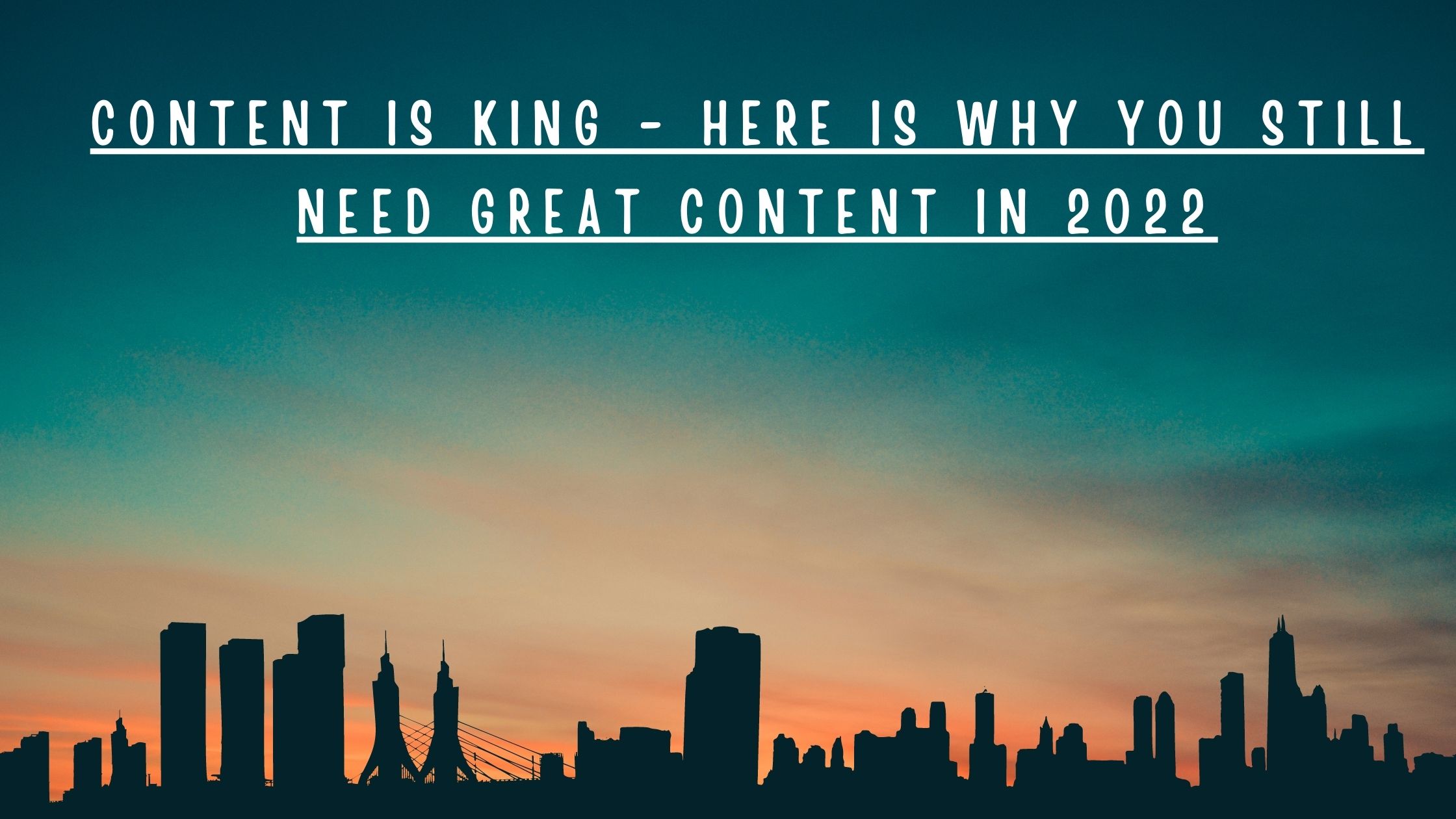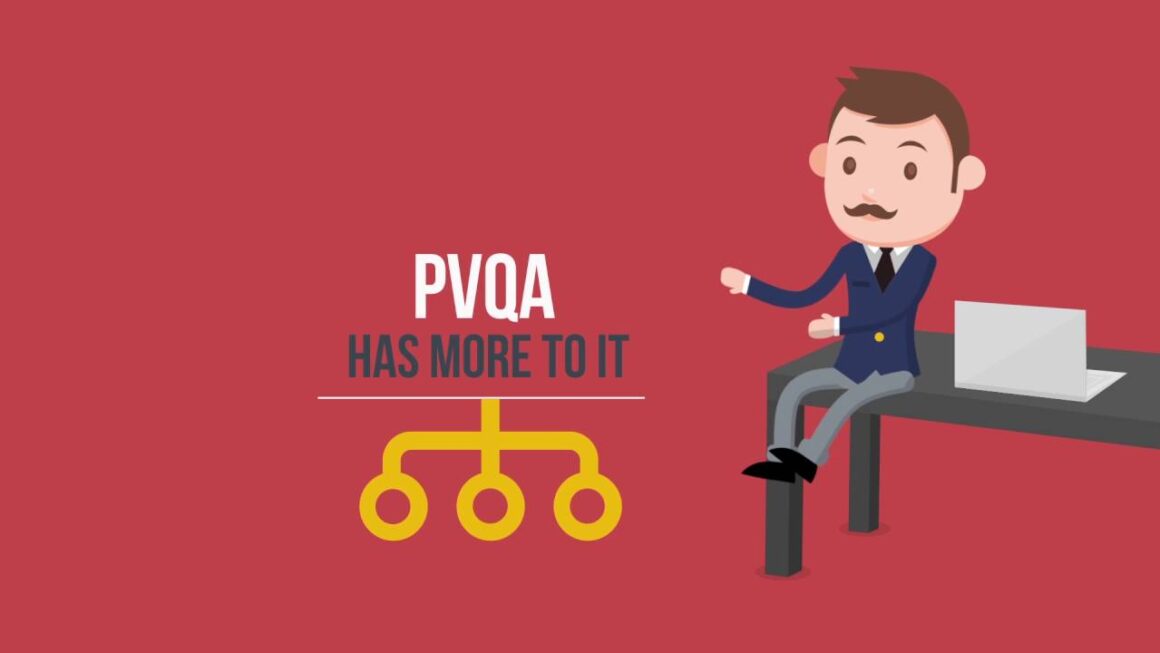We all have heard of the phrase “Content is king.” But, where did it come from? It was from an essay written by Bill Gates in 1996. He believed that most of the money generated on the Internet would come from the content.
“One of the exciting things about the Internet is that anyone with a PC and a modem can publish whatever content they can create. In a sense, the Internet is the multimedia equivalent of the photocopier. It allows the material to be duplicated at a low cost, no matter the size of the audience.”
– Bill Gates
Bill Gates also suggested that content will serve as an equalizer because anyone can create and publish content on the Internet.
So, does it still ring true in 2022? Yes, it does, and in this blog, I will show you why content is still the undisputed king.
Quality Content is Still in Demand
A study on more than 11 million SERPs revealed that the average word count for pages that rank on Google is 1,447 words. But that begs the question, what will it take to get into the good graces of Google?
Google never revealed that, but many believe that high-quality content is essential to rank on Google.
Content is an effective way to convert readers into leads. Companies into blogging earn 67% more leads per month than those that don’t invest in blogging.
It’s not just Google, but people like quality content too, as evident that online content consumption doubled in 2020. Also, this is one reason why many brands are investing 41% of their overall marketing budget on creating high-quality content.
Before we move forward, I want to clarify the most significant misconception: content only refers to the written one. No! it does not.
Content isn’t just blog posts and e-books; it also includes videos, social media, virtual reality, podcasts that people regularly indulge in their daily lives. Sadly, most markets and businesses often overlook this when creating their content.
High-quality content will build links, and different types will forge linkable assets, which will make it easier to build connections as content is naturally beneficial to the audience.
Here are some stats to prove it:
- Hubspot revealed that for 93% of marketers, video is an essential part of their marketing strategy.
- More than half of US consumers over the age of 12 listen to podcasts
- Interactive content is 39% more likely to be rated as effective at educating buyers than passive content.
So, it’s time to expand your perspective and stop relying only on written content to make Google happy and bring in visitors.
More Content Equals Better SERP Position
Content boosts your position in the SERPs, and Google aims to provide readers with valuable and relevant search results every time. So, the more, the merrier, right? Not precisely as ranking high in the SERPs isn’t about quantity but rather quality.
Creating more content will improve your position in the search results, but that doesn’t excuse the quality. But, what makes quality content? Well, here is what it includes:
- Originality: Google isn’t dumb. It can detect duplicate content, so always aim to create original content with information that readers cannot find anywhere else.
- Answering questions: It provides a good user experience and will help you land Google’s featured snippets.
- Accuracy: Stats, links, and sources back up your statements. It builds trust with readers and creates a resource that other sites will refer to in their content.
- Engaging to read: Boring content doesn’t attract attention; a hook always grabs readers’ attention, and polls, contests, and surveys help immensely. Asking questions creates a conversation. All of this makes content engaging to read.
- Videos and images: Videos and images break up long content and improve readability for readers to understand complex ideas.
- Eliminate fluff: Get to the point. Ensure that every heading is helpful for website visitors. Also, avoid utilizing useless modifiers.
- Consistency: Creating high-quality content isn’t enough to win the battle. To ensure that you rank on Google, create content regularly with the help of an editorial calendar.
Many factors influence the SERP ranking, like page experience and core website vitals. Lack of content on the website can damage your SERP ranking.
But remember, ranking high on SERPs isn’t about quantity but rather quality. Don’t focus on creating 50 terrible blog posts, but on three or four well-researched and written posts.
Content Helps In Keyword Optimization
Keywords are the backbone of SEO, but optimizing them goes beyond just including them in the meta titles or adding them as many times as possible in the content. Google updates like RankBrain and Hummingbird have killed the old keywords targeting method.
Gone are those days when marketers picked a single keyword with low competition and high search volume, wrote a post about it, and sent it out via email and social media. They did little link building, and, voila, Google started ranking it.
Nowadays, things are complicated as Google has gotten smarter and users savvier. You can’t just publish a pile of content about SEO if you want to rank for “How to do SEO.” Instead, you have to focus on related keywords, long-tail keywords, and user experience to rank well in Google. The website speed also needs to be top-notch.
Again, this doesn’t negate the fact that content should be high-quality and beneficial. It is an essential factor for keyword optimization. But, also remember the other factors that impact rankings.
Is Content Losing Its Crown?
Content isn’t a one-stop solution for digital marketing, and it can be frustrating to hear otherwise. There is more to digital marketing than just creating content.
SEO, PPC, social media, technical SEO, and link building are essential to boosting your Google rankings and generating leads and conversions.
I have seen this statement, “Content is dead.” being used a lot nowadays. A quick search on Google will show tons of results on it. But why do people believe in it? Here are some common reasons behind it:
- CMSWire claims that brands are burned out from creating tons of content, and readers are tired of low-quality, salesy content.
- Dreamgrow states that content marketing is dead, and the era of storytelling began in 2021.
- Mark Schaefer believes that content marketing is not a sustainable strategy. People’s ability to consume content is limited, while the total no of content doubles every 9 to 24 months.
All these claims come down to one thing in the end: That readers are tired of crappy content. Nobody is interested in reading a 1000 word post that doesn’t provide value and primarily focuses on pitching a service or product.
Crappy content may help you rank in Google, but it will never convert users into customers.
Not much has changed as time passed as users still like reading content that convinces, educates, and provides practical, exciting information.
However, we have to admit that the type of content readers want has changed dramatically. Nowadays, podcasts, videos, courses, and interactive content are rising in popularity. Customers wish to consume content in all forms.
So, instead of assuming that content is losing its crown, maybe it’s time to ponder what specific content isn’t performing and fix issues that the website is experiencing, like slow loading times.
Summing It Up
I want to conclude by emphasising that content is not losing its importance; it’s just expanding. Despite all the doomsday predictions that some marketers make, it’s safe to say that content isn’t losing its relevance anytime soon. Google likes high-quality content, and readers consume it at an ever-growing rate. A well-researched content will improve your ability to rank in SERPs.
I will say that how we create content and the most effective types of content are definitely changing. Google is using AI to understand the context of the content, making it more important to use different types of keywords and incorporate long-tail ones into your content.
Videos and interactive content are becoming the norm, so it’s time to up your marketing game, not give up on it completely.




